Shampoo or Conditioner First? Pros Settle the Hair Washing Debate Once And For All
And learn more ways to keep hair healthy when washing it
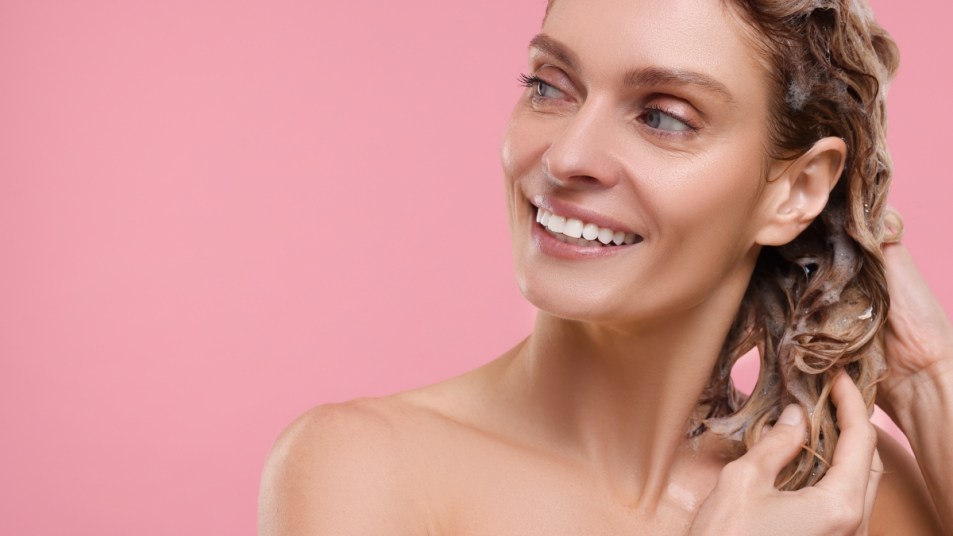
Hair washing never used to be so controversial. Usually we just wash our strands with shampoo, rinse, follow that with conditioner, then likely rinse again. But with TikTok and Instagram turning anyone with a smartphone into a creator, challenging the status quo with age-old beauty routines has become the norm. The latest debate: Do you use shampoo or conditioner first? To settle the score, we had four hair pros — from celebrity hairstylists to a trichologist — weigh in with their answer to this question as well as tips for cleansing and conditioning your mane. Read on for the washing secrets that will have your hair looking its healthiest in no time.
Should you use shampoo or conditioner first?
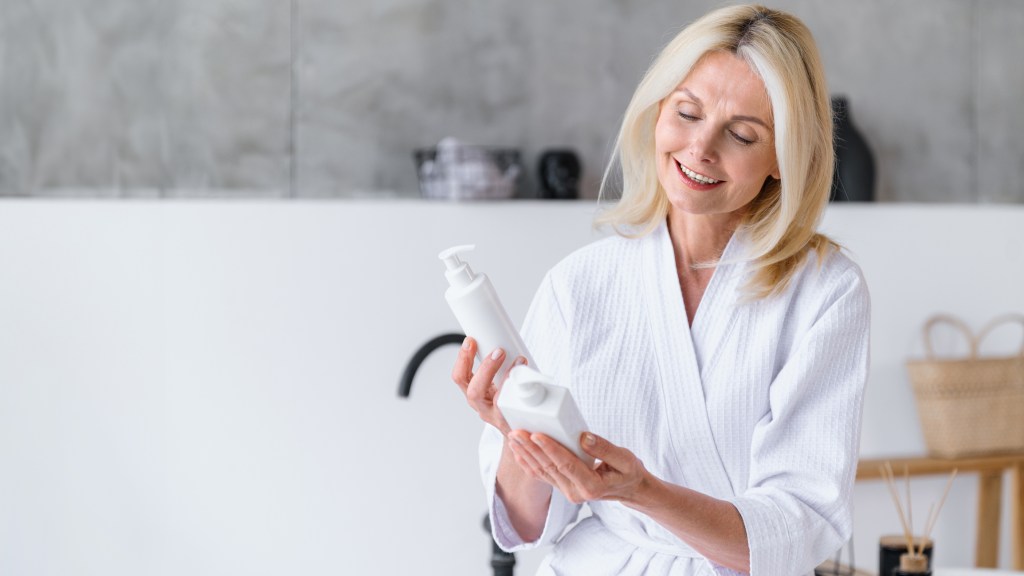
Despite what you’ve maybe heard about the benefits of co-washing, where a conditioner is used solo for cleansing, or reverse hair washing by starting with conditioner and ending with shampoo — our experts say not to buy into the TikTok and Instagram hype. Shampoo comes before conditioner, they all say, with just the tiniest of exceptions to that rule. “You always want to cleanse the hair before conditioning the hair,” says Sophie Rose Gutterman, a celebrity hairstylist and textured hair specialist who consults with All About Curls. “The only time I will use something before washing is if a client has hair that’s tangled or super-curly. Adding a conditioner to the ends can help detangle the hair and make it more manageable during the cleansing stage.”
For Danielle Priano, a celebrity hairstylist and SexyHair ambassador, it just doesn’t make sense to hydrate your hair with conditioner only to strip away that moisture with the deep clean of a shampoo. “Personally, I like the old-school way of shampoo first to clean the scalp [and removing excess sebum], then applying the hydration back with conditioner on areas of the hair that I feel need it,” she says.
Trichologist and hair loss practitioner Mandy B. agrees and says shampoo should always be first unless you are doing a pre-cleansing treatment, which should only be done a couple times a month if you’re really looking to amp up moisture and shine.
Why the debate over using shampoo or conditioner first
A lot of the opinions on whether to use shampoo or conditioner first centers around finer hair types. That’s because there’s the idea that limper locks can benefit from having heavy conditioner thoroughly rinsed out by a good suds with a shampoo. The proper formula and application of conditioner, though, is what allows it to work its magic on your hair without weighing it down — its eventual removal is just part of the equation.
How to make sure conditioner doesn’t make hair look greasy
Unlike shampoo, which cleanses the scalp for optimal hair health, conditioner is all about hydration. To avoid a greasy look, Gutterman says to only apply conditioner on the mid-lengths to ends of your hair shaft. “You don’t need conditioner in your scalp,” she says.
Priano says that’s especially true for finer hair types. “If you have fine or thin hair, I’d recommend applying conditioner mainly to the ends of the hair and try to avoid the scalp,” says Priano. “Additionally, make sure you rinse the conditioner out thoroughly to ensure there is no build-up to weigh down the hair.”
General hair washing and conditioning tips
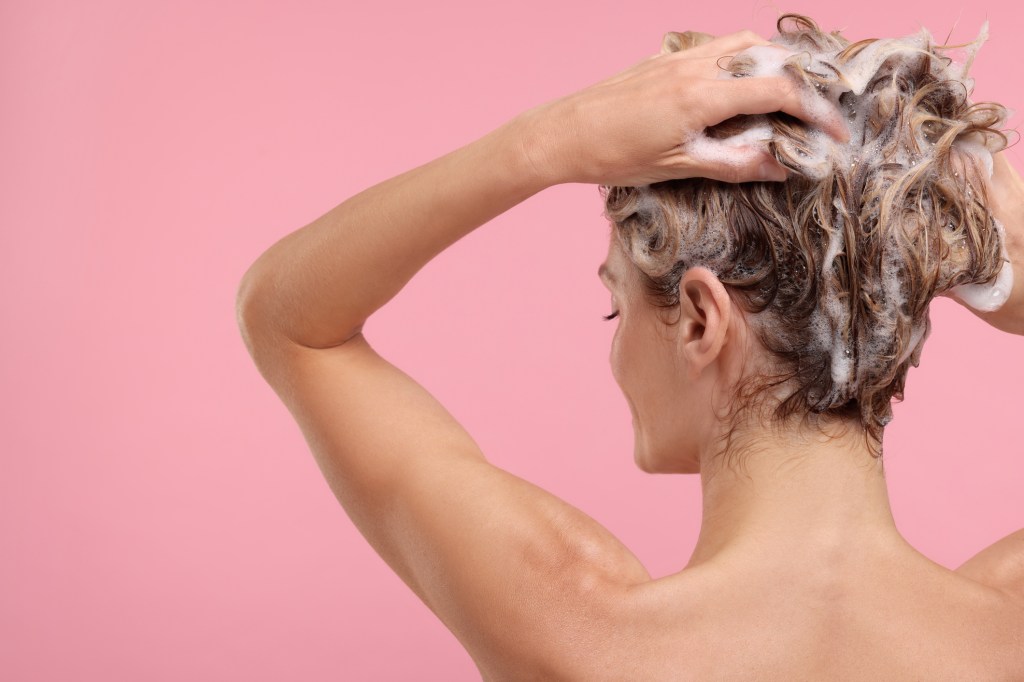
You now know shampoo comes before conditioner, but what other tricks can up your washing game? Here, the pros share some guidance on how to get a salon-quality clean at home.
1. Wash twice if you can
A double shampoo is worth the extra time and effort if you use a lot of styling products in your hair and/or have gone a few days since last washing. “Normally, when you wash once, the shampoo is fighting through product build-up and natural oils,” says Gutterman. “Washing twice will ensure you’re able to cleanse the hair properly.”
Mandy B. recommends two shampoos as well. “The first shampoo removes excess sebum, build-up and debris from the scalp and hair,” says Mandy B. “The second shampoo drives the nutrients in the shampoo into the hair cortex. This allows you to use less conditioner, and it is the correct way to wash your hair for healthy hair growth and hair loss prevention.”
Whether you choose to double up on a given day or not, be mindful of how much shampoo you’re using. “There’s always a fine line between not thoroughly cleansing enough so the hair is still dirty,” says Priano. “But also you don’t want to overdo it with the shampoo since that could cause the hair to be dry and brittle.”
2. Only apply conditioner where needed
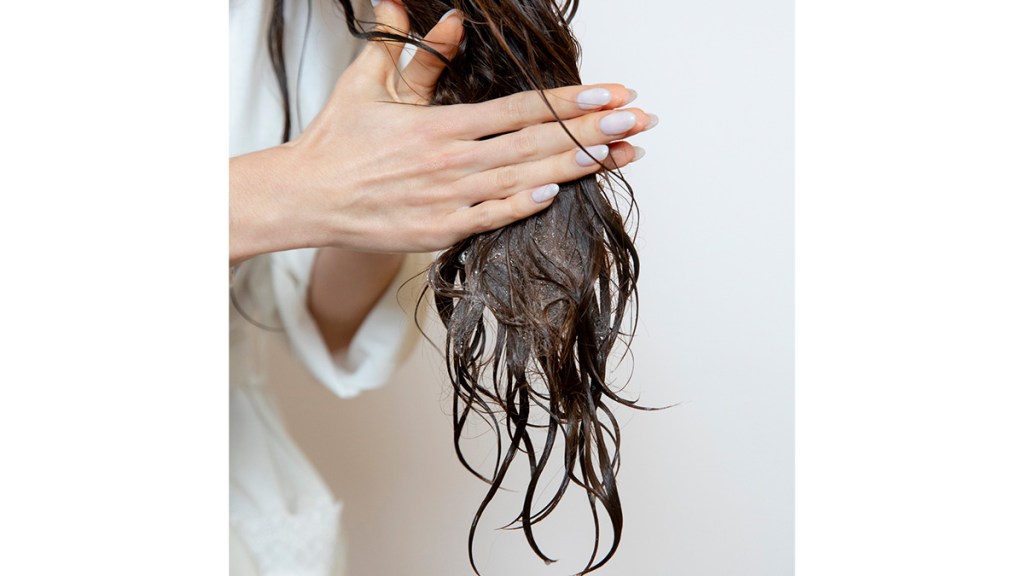
To condition properly, most people should stick to applying conditioner from the midshaft of the hair to its ends. “Leave it in while you finish your shower and then go in with a brush and brush your hair with the conditioner in it,” advises Gutterman. “This will help to exfoliate the scalp and keep the hair from getting tangled.” And make sure you rinse thoroughly as well —unless you have thick, wavy/curly hair and style hair with your in-shower conditioner.
According to Mandy B, those with a dry scalp or textured/curly hair “can use conditioner from root to ends for balanced moisture and hydration.” And again, as David Stanwell, a celebrity hairstylist and groomer partnered with John Frieda Hair Care, points out, curly types don’t always have to rinse all of their conditioner out. That’s because certain formulas are great to use for post-shower styling products or even heat protectants.
And just like shampoo, the quantity of conditioner matters, too. Longer and thicker hair types certainly can handle larger amounts, but follow the instructions for dosage on the bottle. More is not always more, and if conditioner isn’t removed properly, Priano says certain hair types can be much more difficult to style post-shower.
3. Rinse conditioner with warm to hot water
As it turns out, the temperature of the water you rinse hair with is more important than you might think when it comes to removing conditioner. “A tip for any hair type — you want to rinse your conditioner out with warm to hot, not super hot, water to help break up the oils in the product,” says Priano. “By using cold water, you risk the chances of keeping that product build-up in the hair.”
4. Find the right shampoo and conditioner for your hair
When shopping for products, don’t fight against your hair’s texture. “If one has finer hair, you want a conditioner that is lightweight,” says Priano. “If one has drier hair that can be hard to detangle, that could be an indication you need a mask rather than a conditioner.” Ask your hairstylist to help you identify your hair type and use that to hone in on your shampoo and conditioner picks.
The best shampoo and conditioner sets based on hair type
Keep scrolling to meet your ideal cleanser and conditioner match from this pro-approved list.
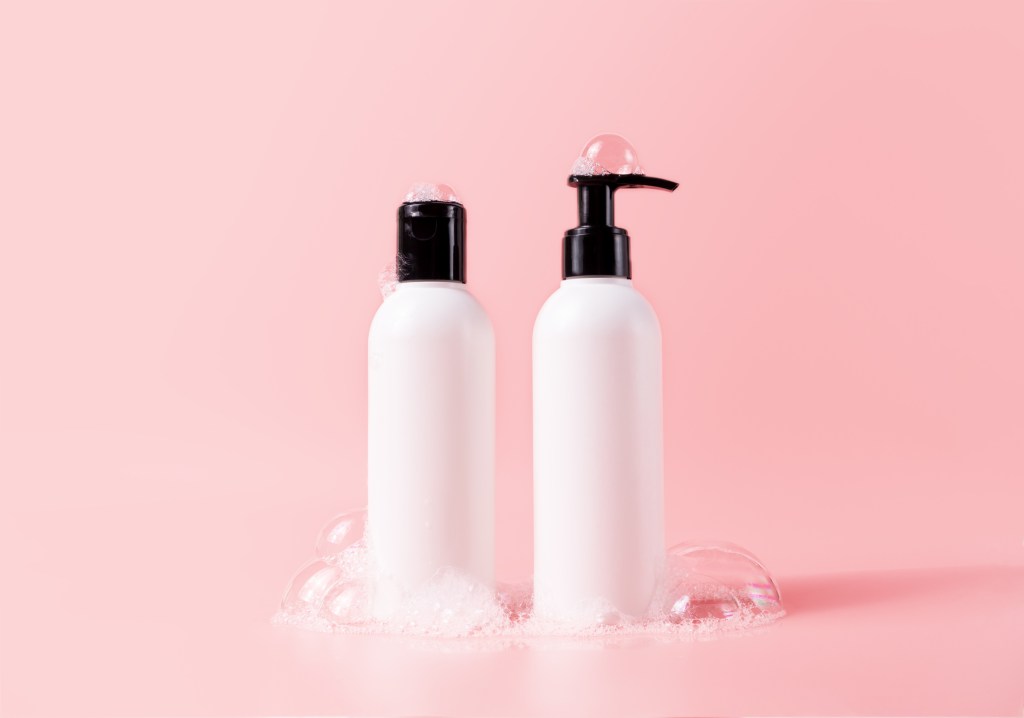
For thin, fine hair
If you have finer locks, Priano recommends looking for shampoos and conditioners that contain volumizing ingredients such as proteins (like keratin) and panthenol, which help add moisture and thickness to each strand. “Rice or wheat proteins are great to provide volume and strength to the hair,” she adds. “You can also never go wrong with using lightweight oils, such as argan or jojoba oils, as these provide moisture to the hair without weighing it down.”
In terms of specific products, Gutterman likes EVOLVh UltraShine Moisture Shampoo and Conditioner (Buy from EVOLVh, $54 for the set). “Ingredients like silicones can weigh down the hair while sulfates will dry out the hair, so try to avoid these if you have hair that’s on the flatter or limp side,” she says. “This line’s products are all clean and will keep the hair moisturized without weighing it down.”
For wavy/curly hair
Unlike fine hair, curls and coils can benefit from all the oils. Priano loves formulas with hydrators like coconut, avocado and argan oils or shea butter, as they help to coat the hair with moisture to fight frizz. “Another great ingredient to look for is botanicals, such as aloe vera or flower extracts, as these really help balance the scalp, resulting in the curls looking healthier,” she says.
Gutterman recommends All About Curls No-Lather Shampoo (Buy from Amazon, $14) and All About Curls Daily Cream Conditioner (Buy from Amazon, $14.07). “They are infused with natural oils and extracts to nourish curls [like] shea butter, coconut oil, soybean oil, marula oil, almond extract and soy protein to keep the moisture and shine,” she says.
For thinning hair
If your tresses are thinning — either in a certain spot or all over your head — consider a strengthening formula that contains proteins. John Frieda’s ULTRAFiller+ Shampoo (Buy from Amazon, $9.11), Conditioner (Buy from Amazon, $9.11) and Spray (Buy from Amazon, $10.97) “are great for building thickness to hair,” says Stanwell. “The formula is infused with biotin and hyaluronic acid to plump overall hair thickness from the inside out.”
For dry and/or colored hair
Those with dry hair, potentially due to heat or coloring damage, should seek shampoos and conditioners packed with hydrating oils and/or glycerin ingredients for moisture and hydrolyzed proteins (like keratin, collagen or silk) for repair, says Priano. “Aloe vera is also a great ingredient to look for, as it provides soothing and moisturizing properties to the hair,” she says. Try SexyHair Healthy Strengthening Shampoo (Buy from Ulta, $21.95) and Strengthening Conditioner (Buy from Ulta, $21.95). Both are color-safe and contain a blend of aloe vera and mango butter to nourish distressed strands and reduce breakage.
Those with blonde hair, particularly highlights and dyed shades, can benefit from a shampoo and conditioner duo that’s gentle and delivers a little TLC. John Frieda Blonde+ Repair System (Buy from John Frieda, $32.37 for 3-product set) “is great for blondes who have damage from color/heat, as it was meticulously designed to build bonds that repair breakage and dullness from lightening,” says Stanwell. “A great moisture-based shampoo and conditioner are recommended for most color-treated hair types.”
For more hair care tips, click through these stories:
Here’s How Hair Plopping Adds Definition, Bounce + Shine: No Heat Needed
Is Dry Shampoo Bad for Hair? Experts Weigh In + How to Pick the Best One for You
Cleaning Your Flat Iron Is More Important Than You Think: Hair Experts Explain Why



















